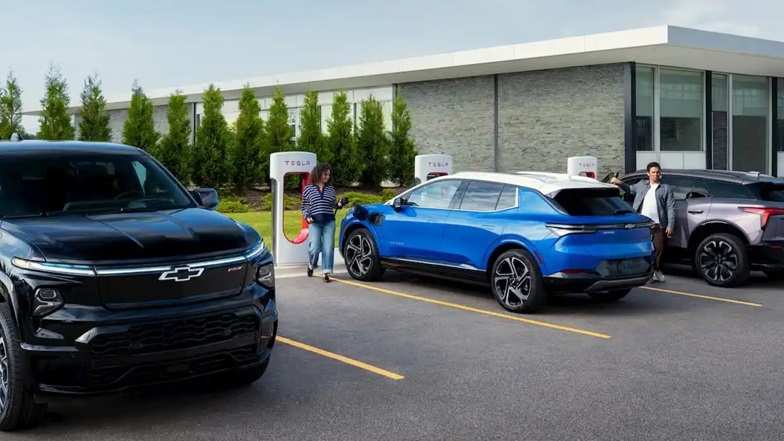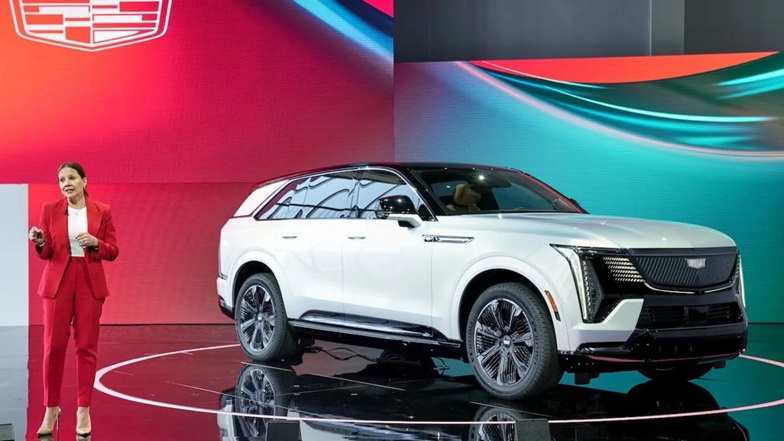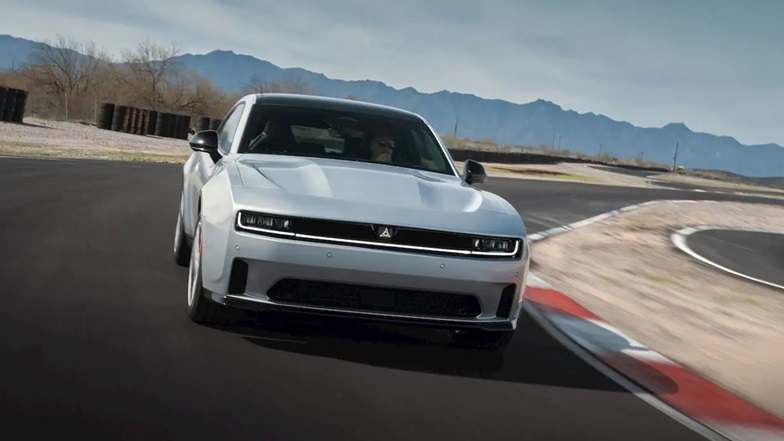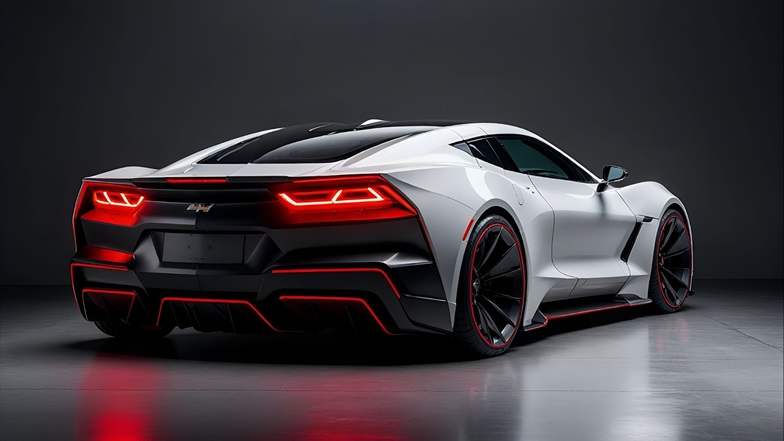Mary Barra, CEO of General Motors (GM), recently sounded a warning about the intensifying electric vehicle (EV) price war, primarily driven by China’s low-cost EV market. The global competition has put immense pressure on automakers worldwide, including GM. Barra described it as a “race to the bottom” where many companies are struggling to turn a profit. In this blog post, we explore how GM is navigating the challenges presented by China’s aggressive pricing strategies, its plans to stand out in the global EV market, and the potential for future growth.

China’s Aggressive EV Pricing Strategy
China has rapidly emerged as a dominant player in the global EV market, largely due to aggressive pricing and heavy government subsidies. Chinese automakers like BYD are producing low-cost electric cars that are disrupting the industry. For instance, the BYD Seagull, priced under $10,000 (69,800 yuan), is one of the most affordable electric vehicles globally. Even in overseas markets like South America, Chinese EVs like the Seagull, marketed as the Dolphin Mini, are selling for around $20,000 (99,800 reals).
| Car Model | Starting Price (China) | Starting Price (South America) |
|---|---|---|
| BYD Seagull | $10,000 (69,800 yuan) | $20,000 (99,800 reals) |
Barra acknowledged that while she generally supports free trade, the situation in China is far more complex. The massive subsidies for Chinese EV makers have allowed them to flood the global market with cheap electric cars. However, many companies, including Chinese automakers, are losing money in the process.

Global Tariffs and Protectionism
The response from other countries has been to raise tariffs on Chinese EV imports. For example, the United States and European Union have implemented tariffs aimed at protecting their domestic automakers. In May 2024, President Joe Biden announced a 100% tariff on EVs imported from China, citing “unfair trade practices” and claiming the move was essential to protect American manufacturers.
While these tariffs aim to shield U.S. automakers from unfair competition, GM is still feeling the pressure, especially in China’s market, where local EV makers have a strong foothold. In China, electric vehicles and plug-in hybrid electric vehicles (PHEVs), collectively known as new energy vehicles (NEVs), outsold traditional gas-powered cars for the first time in mid-2024.
However, GM’s sales in China have been declining, with a 21% drop in overall sales in the third quarter of 2024 compared to the previous year. Despite this, there’s a silver lining—GM’s NEV models, which include fully electric and hybrid cars, outperformed its gas-powered vehicles, accounting for 53% of its sales in China during Q3.
GM’s Strategy to Compete in the EV Market
GM’s response to the price war is multifaceted. In the U.S., the automaker has made significant progress, with its electric vehicle sales increasing by 60% in Q3 2024. With a record-breaking 32,095 EVs sold, GM’s portfolio is growing faster than the market, which is a crucial factor as the company tries to stay competitive.
According to Rory Harvey, GM’s Executive Vice President of Global Markets, GM’s core brands like Cadillac, Chevrolet, and GMC have seen strong year-over-year growth. This growth has allowed GM to surpass competitors like Hyundai (including its brands Kia and Genesis) and Ford, securing the second spot behind Tesla in Q3.
| EV Sales Comparison (Q3 2024) | GM | Tesla | Ford | Hyundai/Kia |
|---|---|---|---|---|
| Position | 2nd | 1st | 3rd | 4th |
Barra is optimistic about the company’s future in the EV market, emphasizing the importance of charging infrastructure. With the release of GM’s NACS adapter, GM EV owners can now access Tesla’s Supercharging network, significantly increasing the number of charging stations available to them. This move will likely make GM’s EVs more appealing to a broader audience.

Affordable EVs: GM’s Key to Success
Affordability remains a critical factor for GM’s future success in the EV market. Barra stressed that GM needs to “continue to have affordable vehicles that people want to own.” The company has recently launched several new electric models, such as the Chevy Equinox EV, Blazer EV, and Silverado EV, which have been well-received by consumers.
The 2025 Chevy Blazer EV, released last month, is priced at a competitive $45,995. Meanwhile, the long-awaited $35,000 Chevy Equinox EV has finally arrived at dealerships and qualifies for the $7,500 federal EV tax credit, making it even more accessible to consumers.
| Model | Starting Price | Federal Tax Credit |
|---|---|---|
| 2025 Chevy Blazer EV | $45,995 | Eligible for $7,500 |
| Chevy Equinox EV | $35,000 | Eligible for $7,500 |
These affordable EV options are helping GM attract a wider range of customers and position itself as a leader in the rapidly evolving EV market. Barra also highlighted that as the U.S. expands its charging infrastructure, more people will consider buying an electric vehicle.
| 2025 Chevy Blazer EV trim | Starting MSRP (includes DFC) | Range | Horsepower | Torque | Availability |
| FWD | $45,995 | TBC | 220 | 243 lb-ft | Available to order soon |
| AWD | $48,995 | EPA-estimated 283 (previously 279) | 300 (previously 288) | 355 lb-ft (previously 333 lb-ft) | Available now |
| RWD | $56,990 | EPA-estimated 334 (previously 324) | 365 (previously 340) | 325 lb-ft | Available to order now |
| SS | $61,995 | TBC | 595 with Wide Open Watts (previously announced 557) Wide Open Watts mode can accelerate from 0 – 60 in 3.4 seconds | 645 lb-ft with Wide Open Watts | Available Q1 2025 |
GM’s Future in the Global EV Market
Despite the challenges posed by China’s low-cost EVs and the ongoing price war, Mary Barra remains optimistic about GM’s future. The automaker has seen significant growth in its electric vehicle sales, particularly in the U.S., and continues to roll out affordable, high-quality EVs. With its core brands showing strong growth and more charging infrastructure becoming available, GM is well-positioned to remain a key player in the global EV market.
However, the competitive pressure from China is not going away anytime soon. GM must continue to innovate and offer affordable, desirable vehicles to maintain its market position and compete in the rapidly growing EV industry.
PEOPLE WHO READ THIS, ALSO READ




